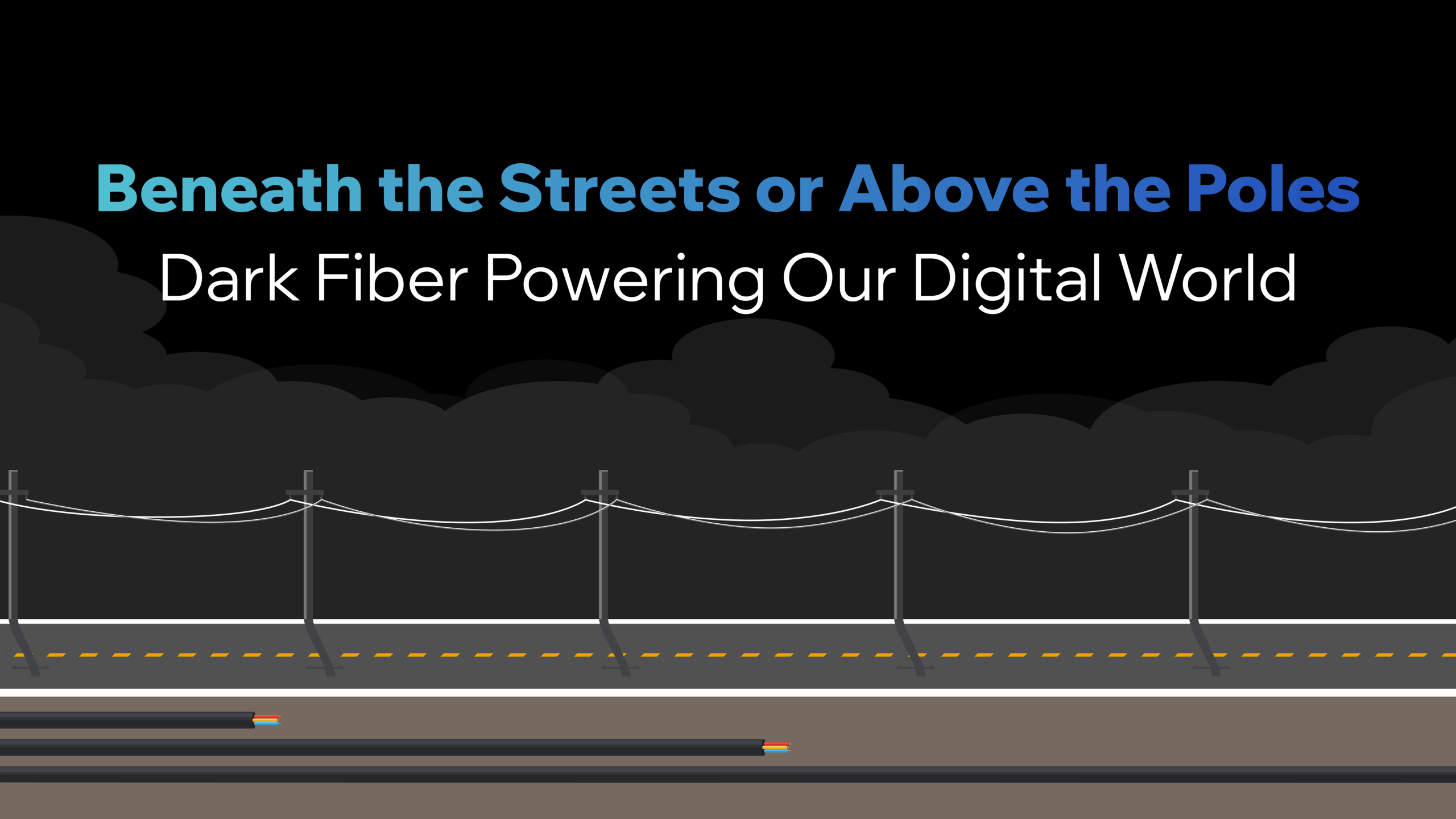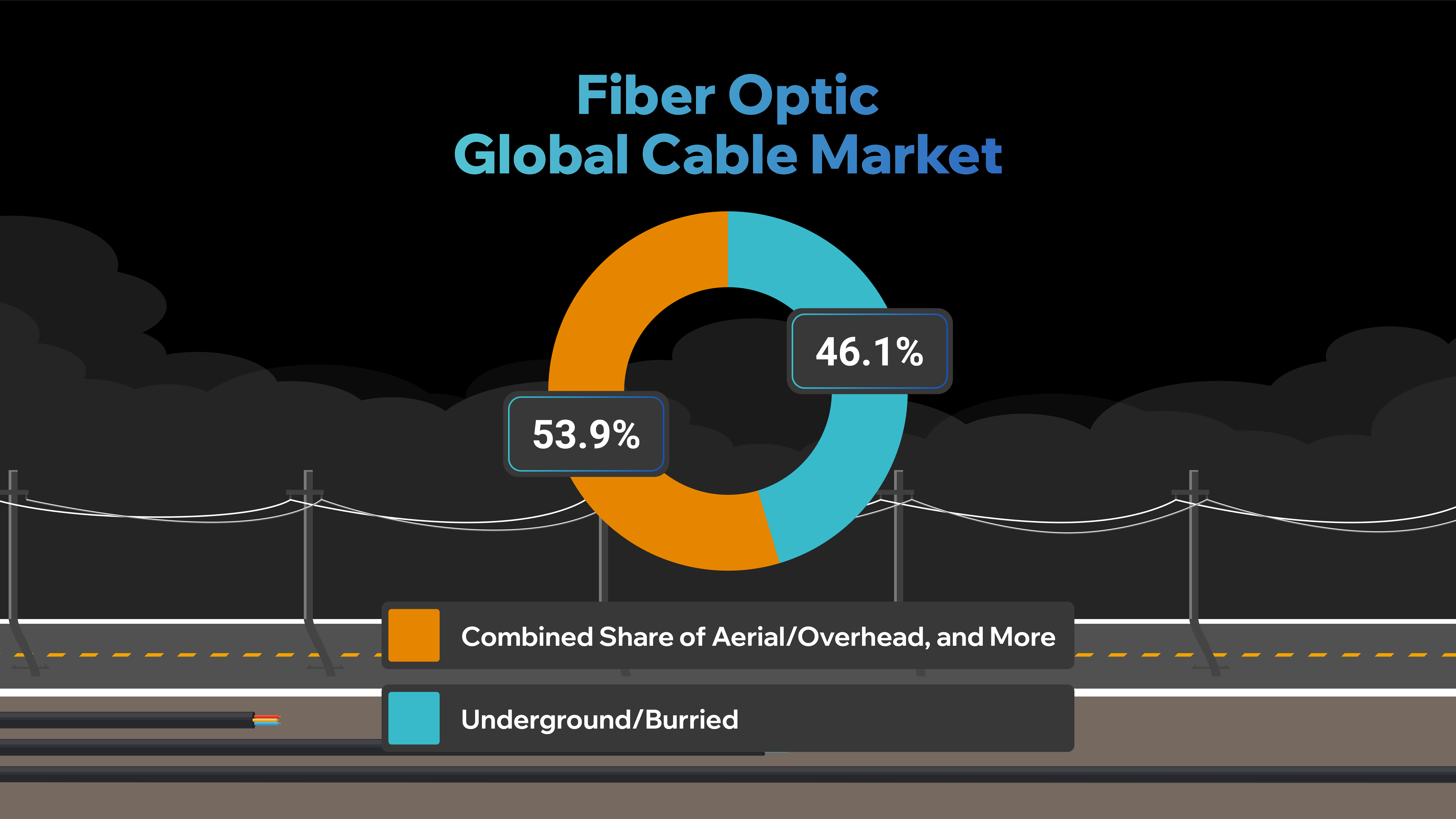
When we think of the internet, our minds often jump to what we can see—our phones, our laptops, our favorite apps. But the true power of the digital age lies not on our screens, but in the invisible infrastructure humming beneath our feet and stretching high above our cities.
Welcome to the unseen world of fiber optic cables—the silent enablers of everything we do online.
The Backbone of Connectivity
According to Mordor Intelligence (2025), telecommunications companies held 52.4% of the global fiber optic cable market in 2024. Yet, this long-standing dominance is beginning to shift. Hyperscale cloud providers—think global giants like Google, Amazon, and Microsoft—are increasingly building their own private fiber backbones, bypassing traditional carriers to control speed, security, and scalability directly.
By region, Asia Pacific led the global market in 2024, commanding a remarkable 58.7% share. The region is also projected to maintain the highest CAGR of 12.6% through 2030, fueled by rapid urbanization, 5G expansion, and cloud infrastructure growth.
Different Paths, Same Goal

Every byte of data that fuels our modern lives—whether a video call, financial transaction, or streaming movie—travels across these glass-thin fibers. Yet, not all fiber networks are built the same.
Here’s a look at the two primary paths these cables take:
1. Underground Fiber: Stability Beneath the Surface
Buried beneath our streets and sidewalks, underground fiber cables are designed for maximum reliability. Protected by ducts and conduits, these systems are resistant to weather, vandalism, and environmental wear.
While the installation is more expensive and time-consuming, the payoff is clear: long-term stability and low maintenance. This makes underground Fiber ideal for dense urban areas where durability and uptime are critical.
2. Aerial Fiber: Agility Above the Poles
In contrast, aerial fiber cables are strung across poles or towers—sometimes alongside power lines making them faster and cheaper to deploy. This method shines in rural or cost-sensitive regions, where long stretches of open terrain make underground work impractical or too costly.
Though more vulnerable to wind and weather, aerial fiber plays an essential role in extending connectivity to underserved communities and closing the digital divide.
As our demand for speed, reliability, and global connectivity continues to soar, fiber optics remain the lifeblood of our digital society. These networks don’t just move data they move economies, education, and opportunity.
Whether buried deep underground or suspended high above, fiber optic cables are the unsung heroes of the internet age quietly shaping how we live, connect, and move forward in an increasingly digital world.
To learn more, explore the full report from https://www.mordorintelligence.com/industry-reports/fiber-optic-cable-market?
